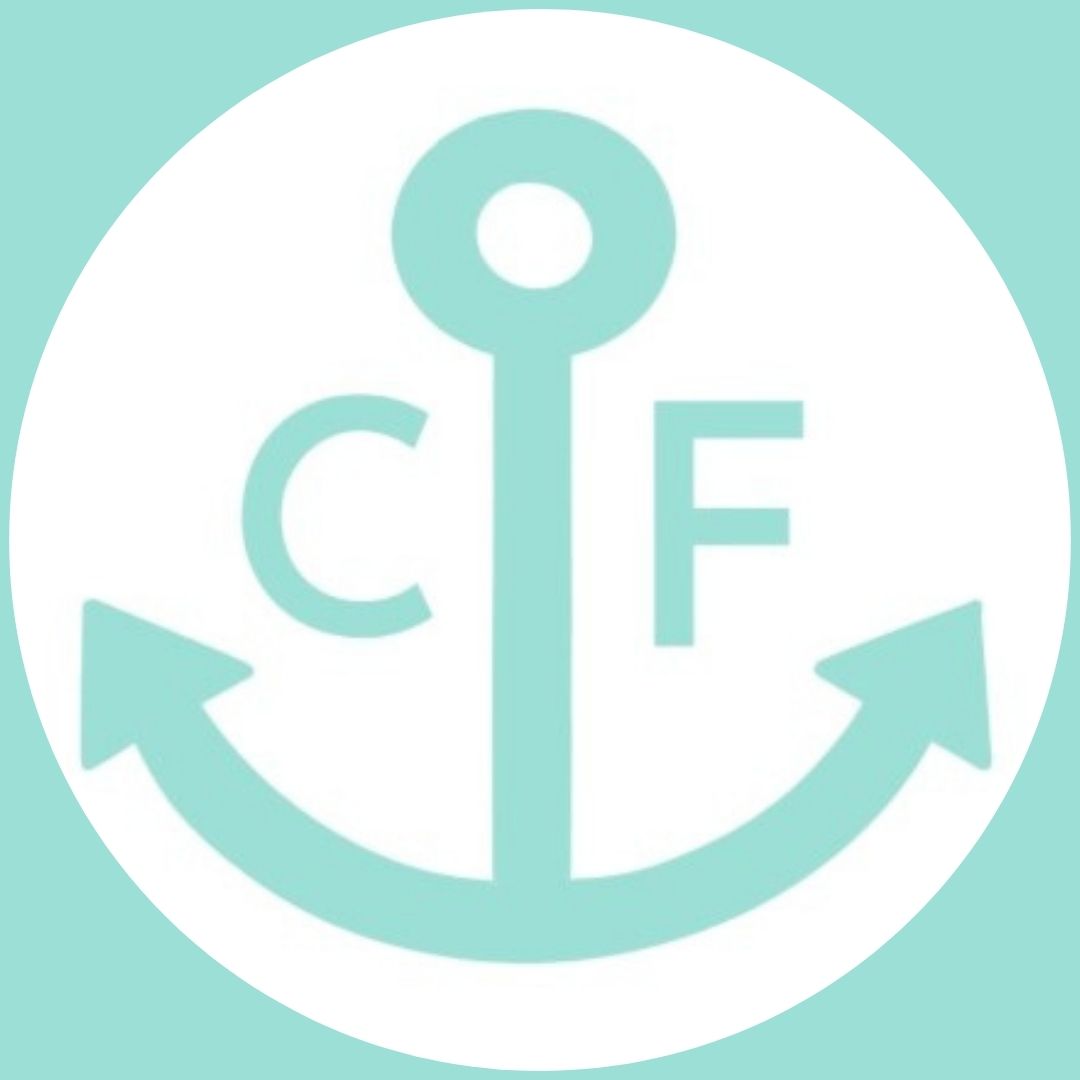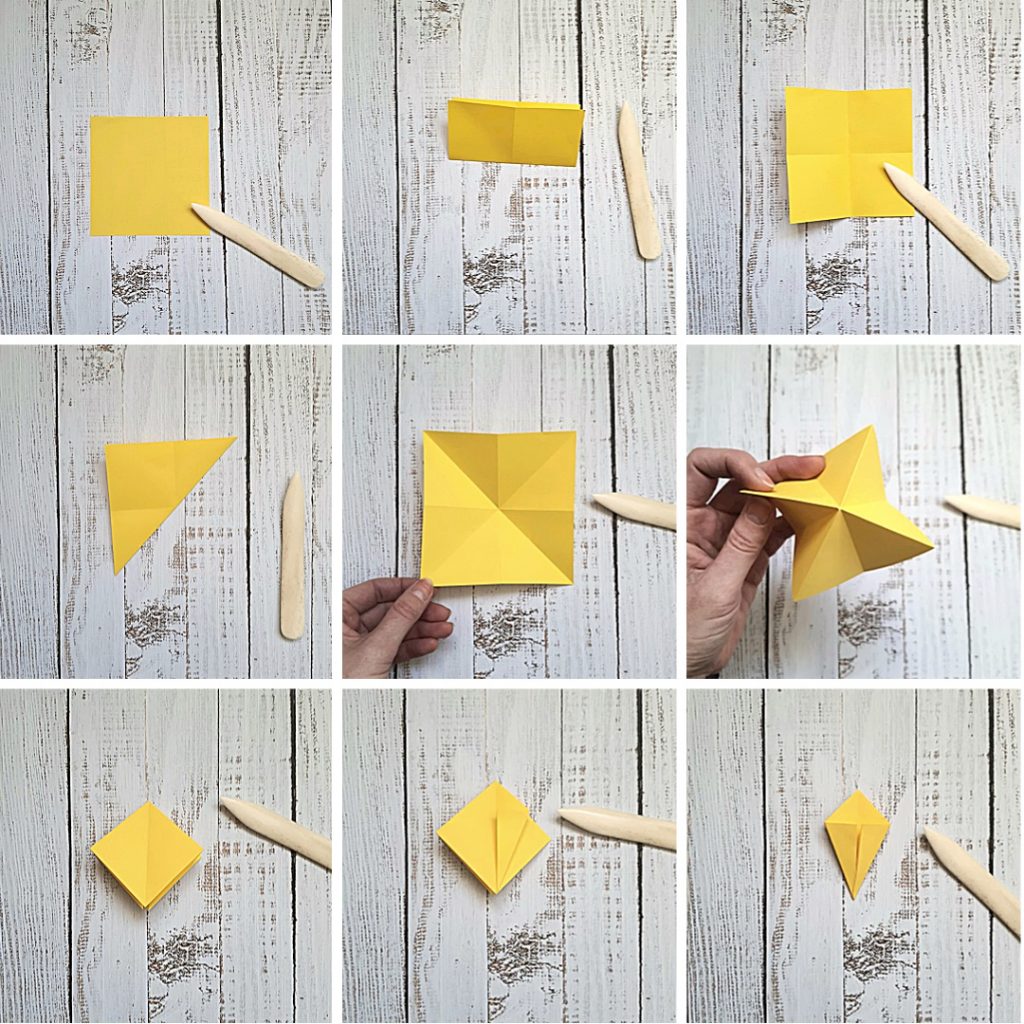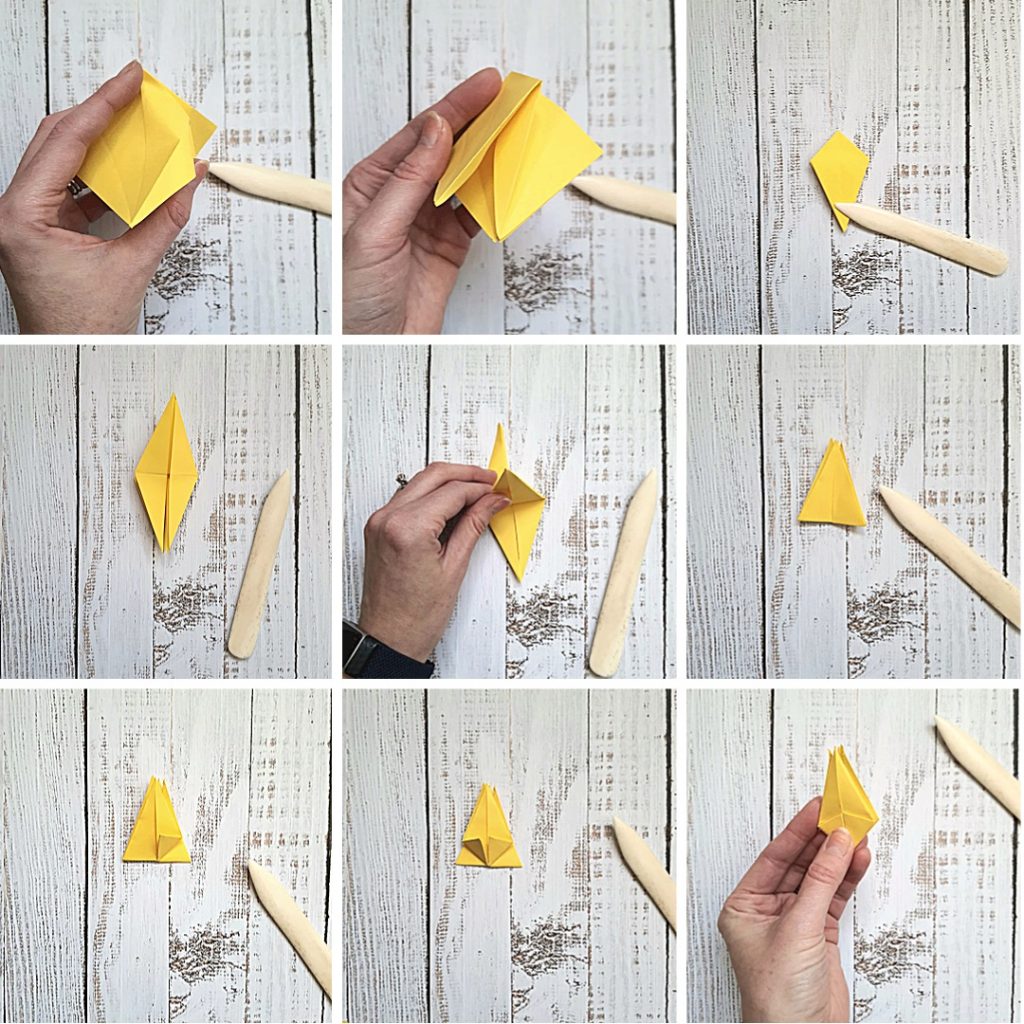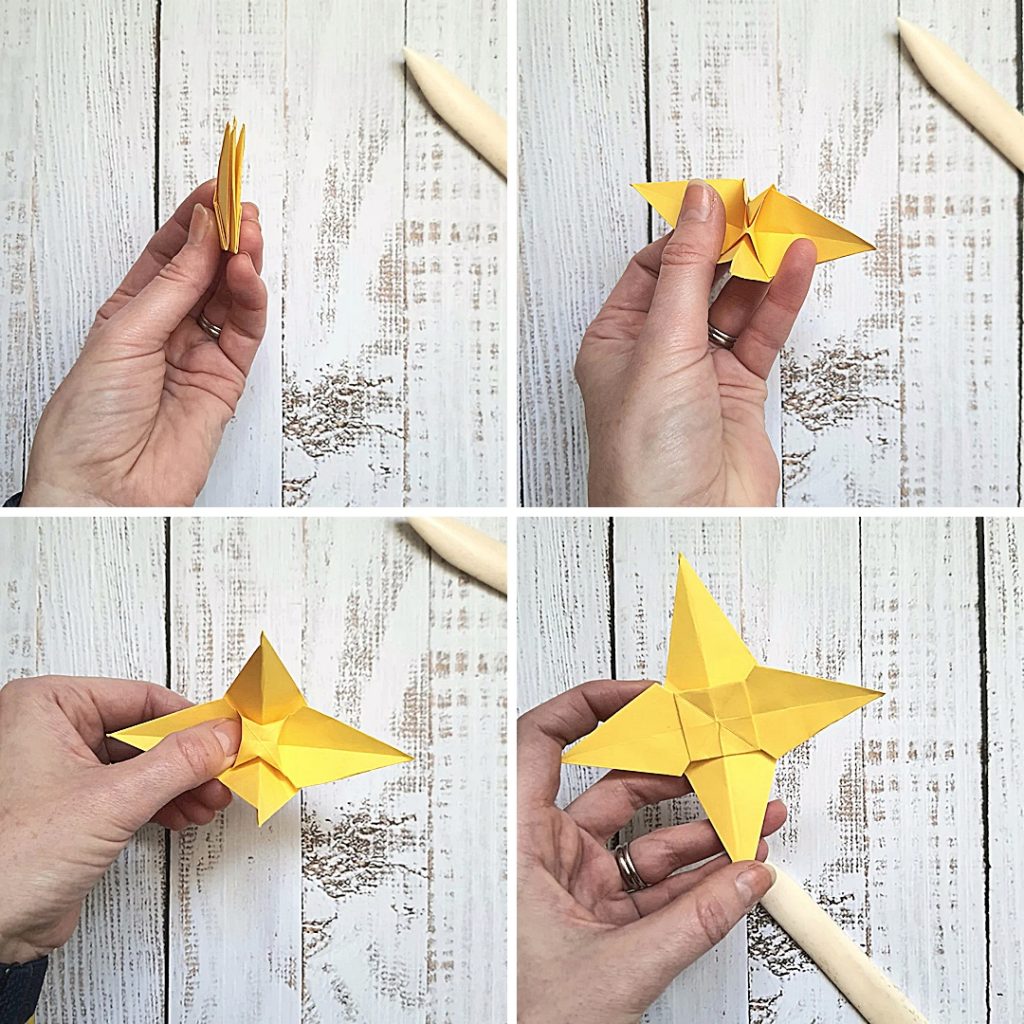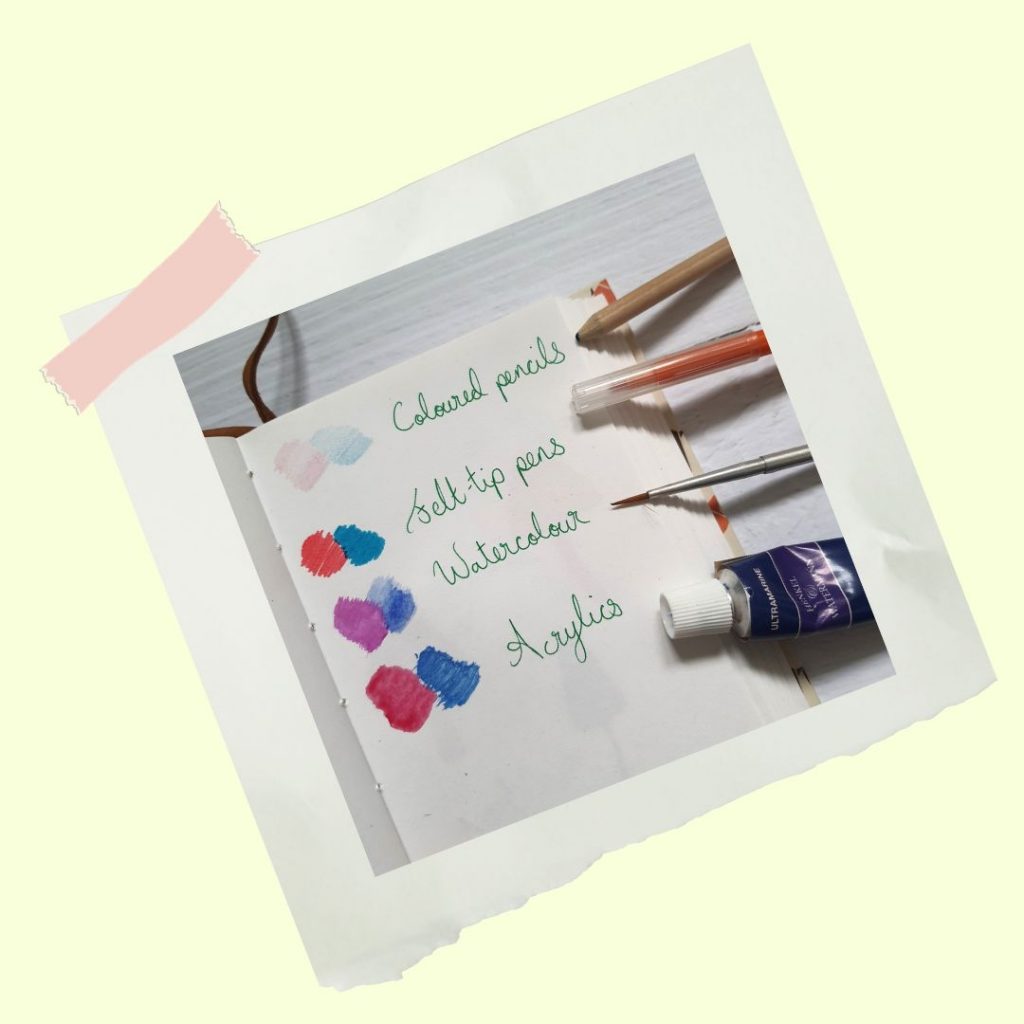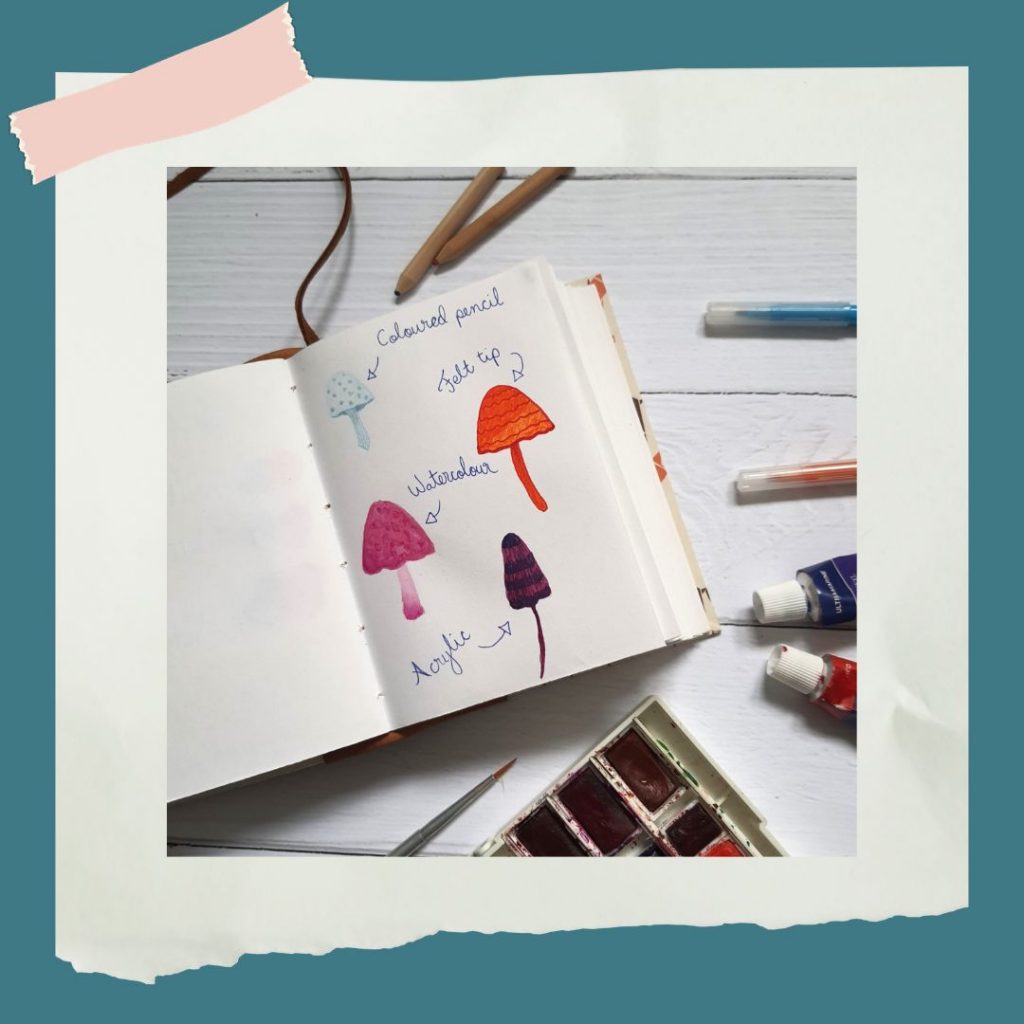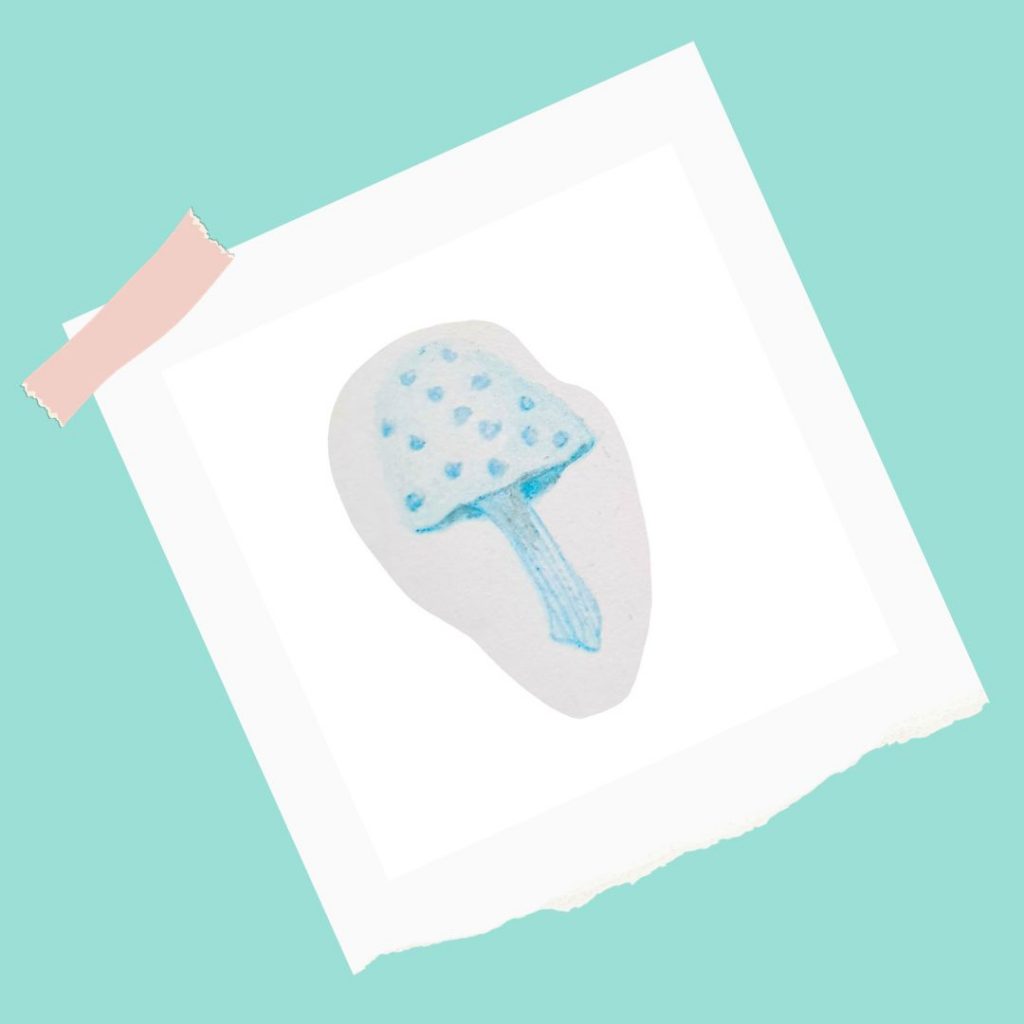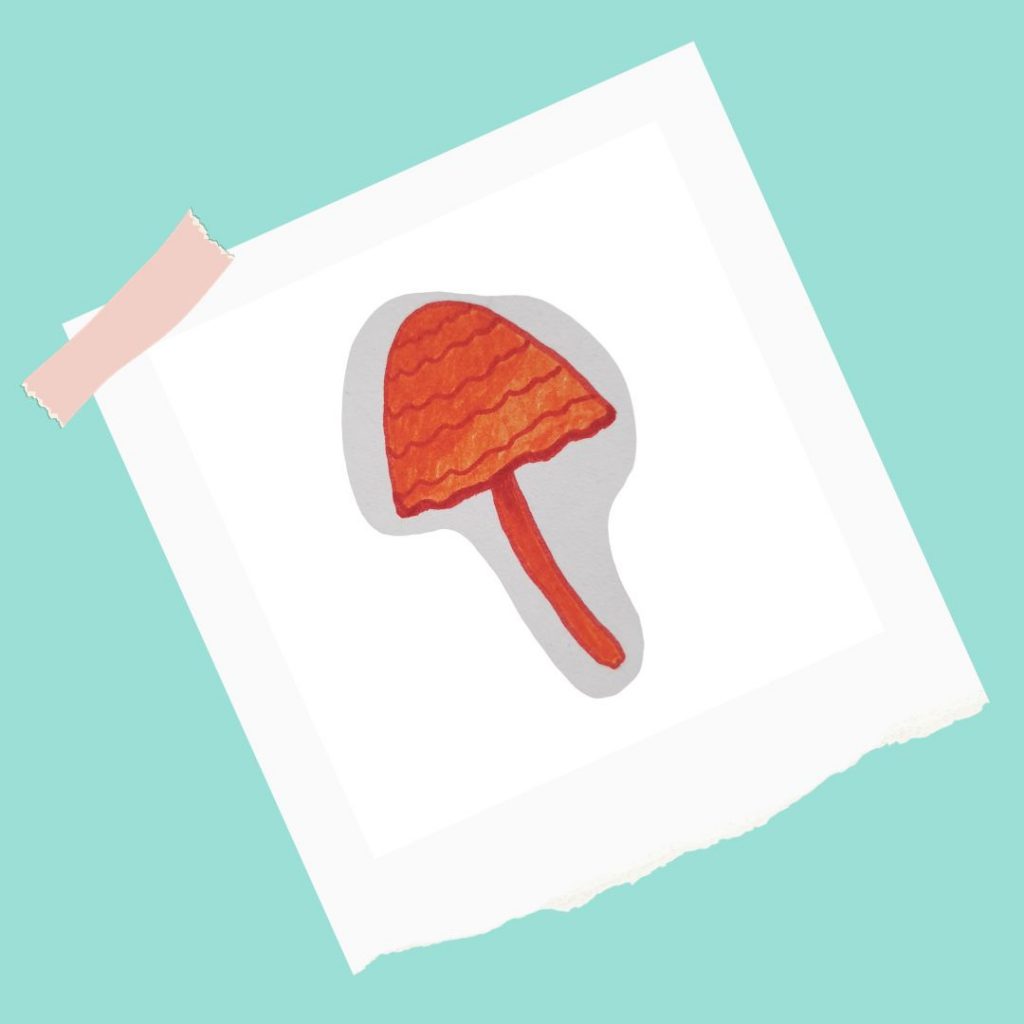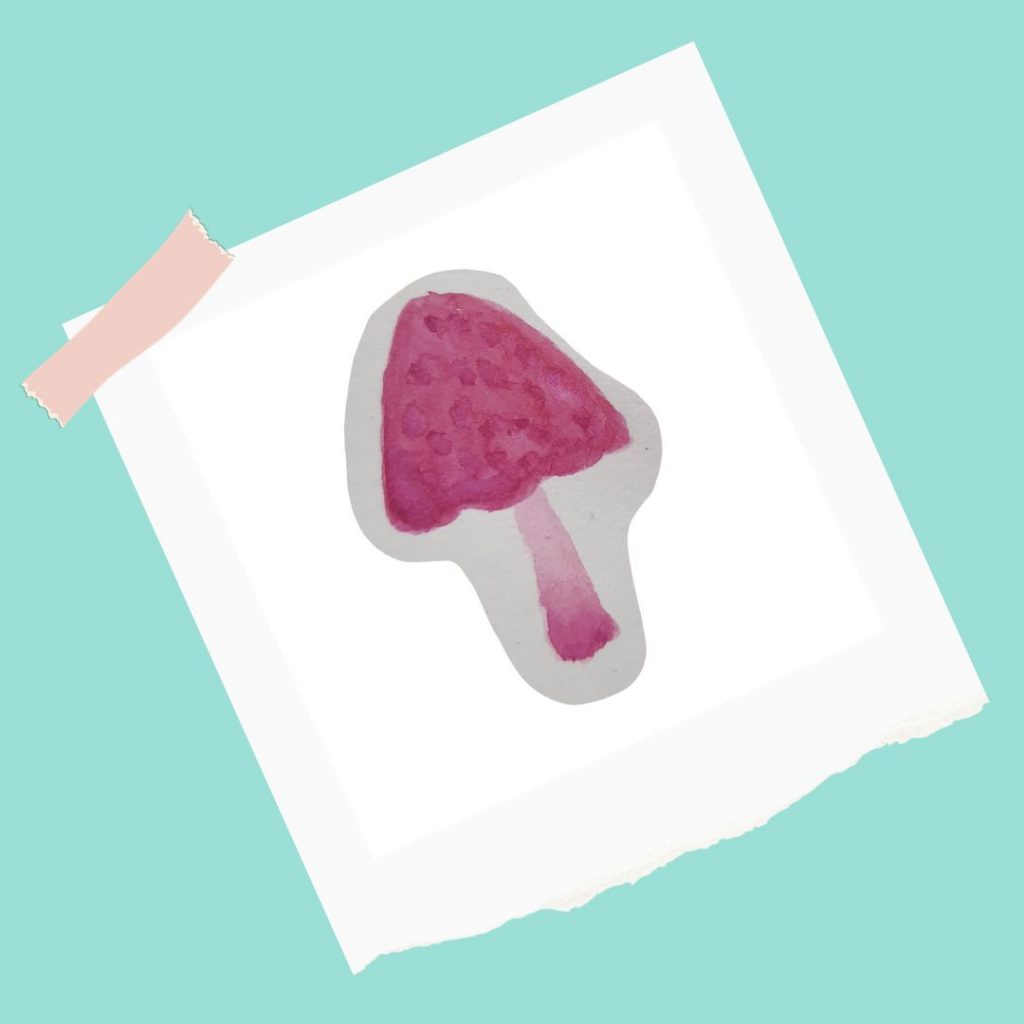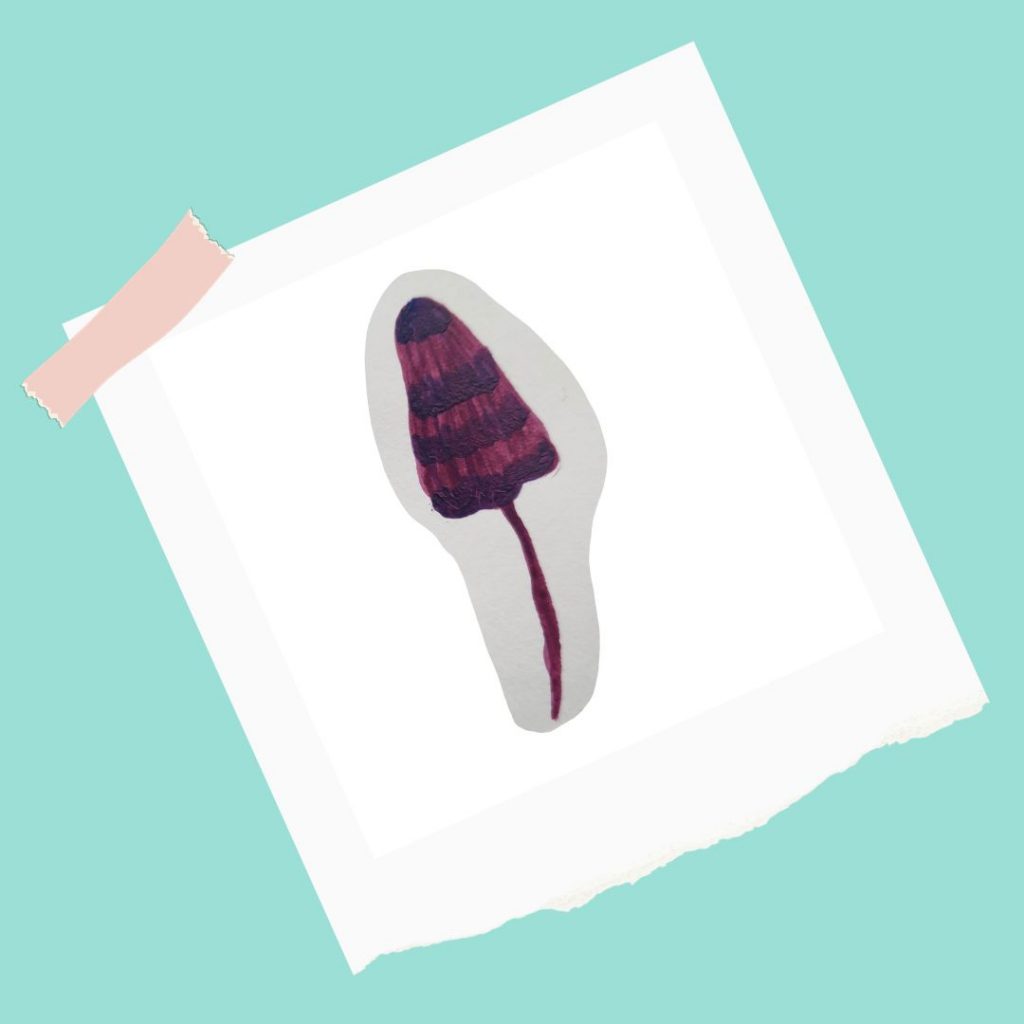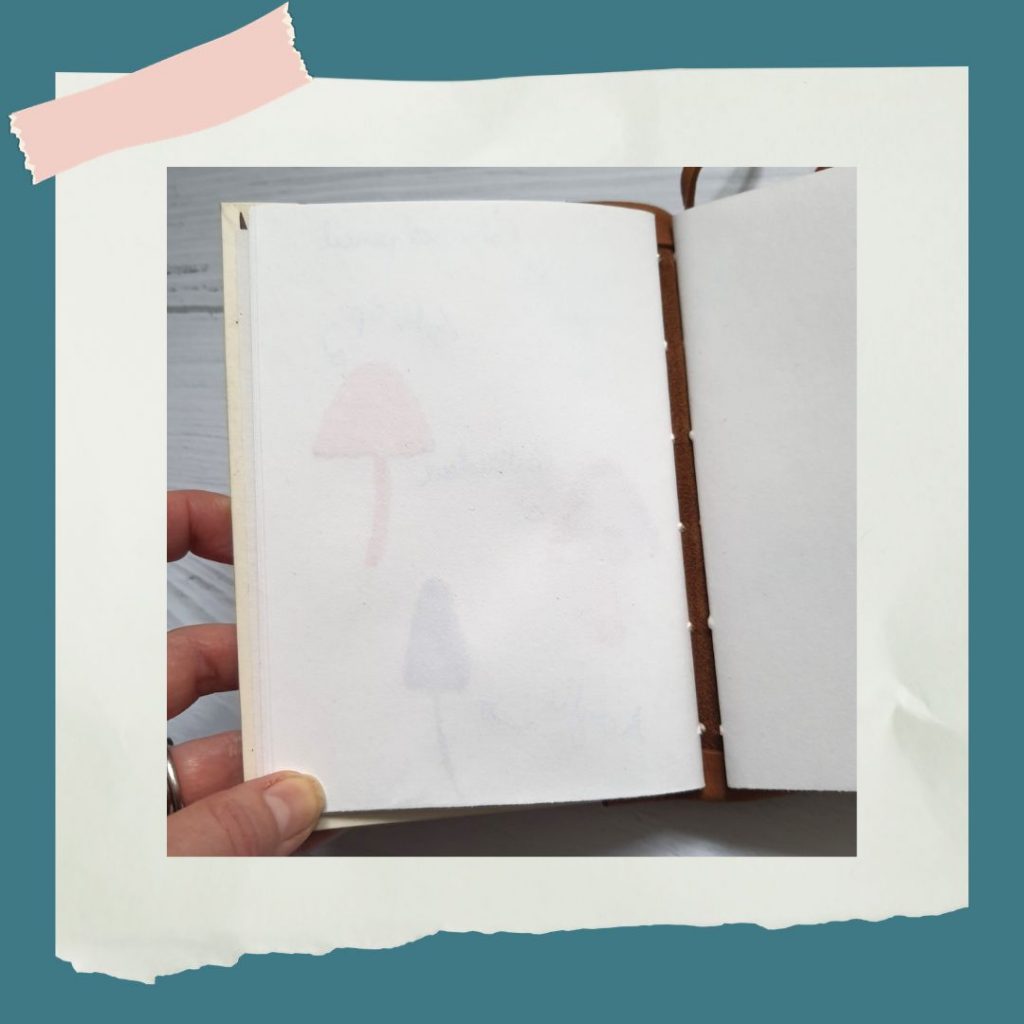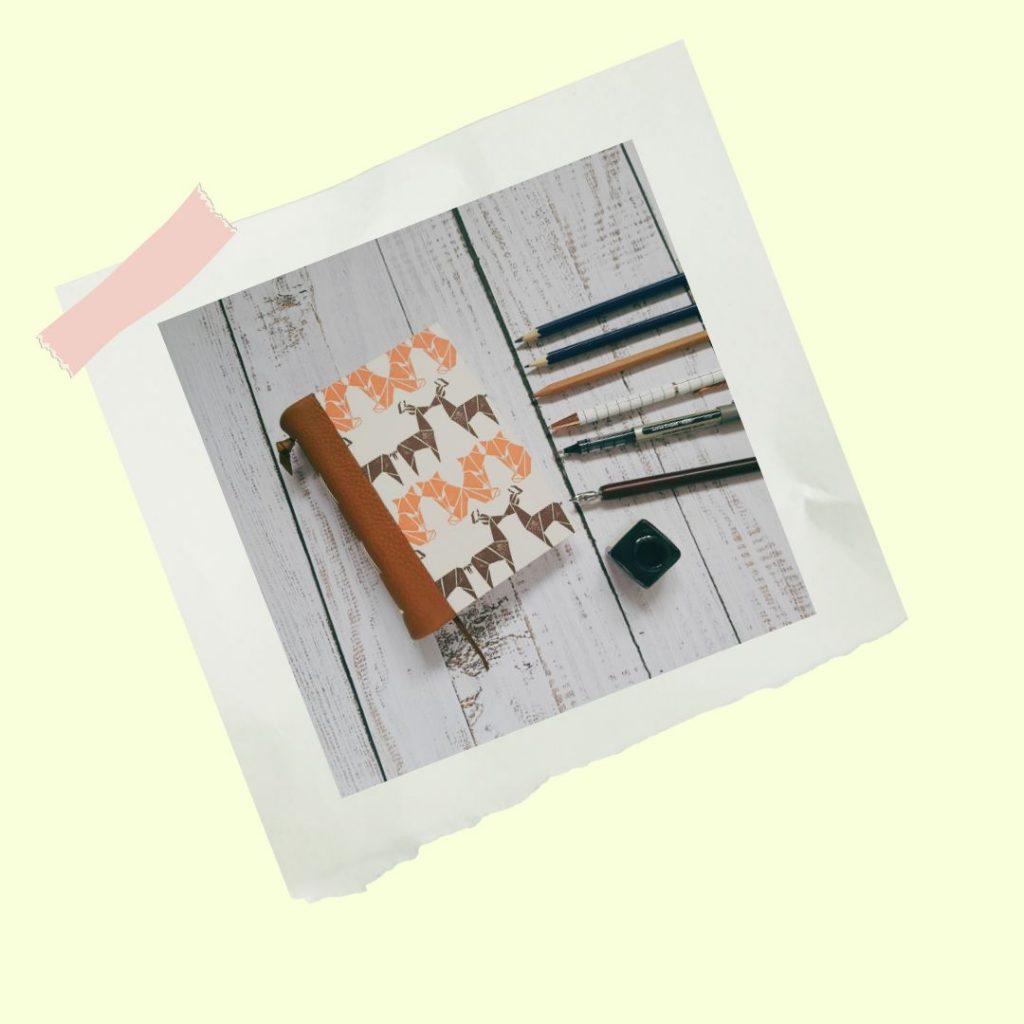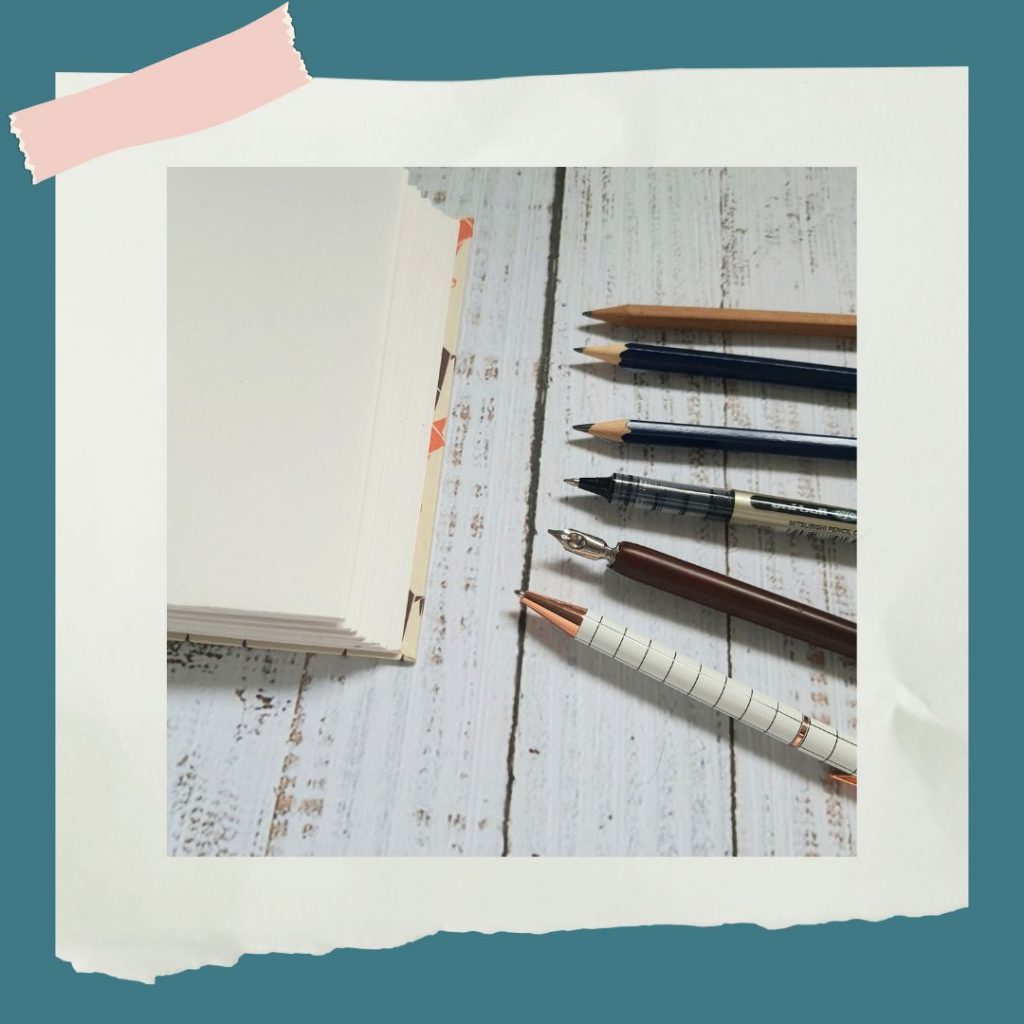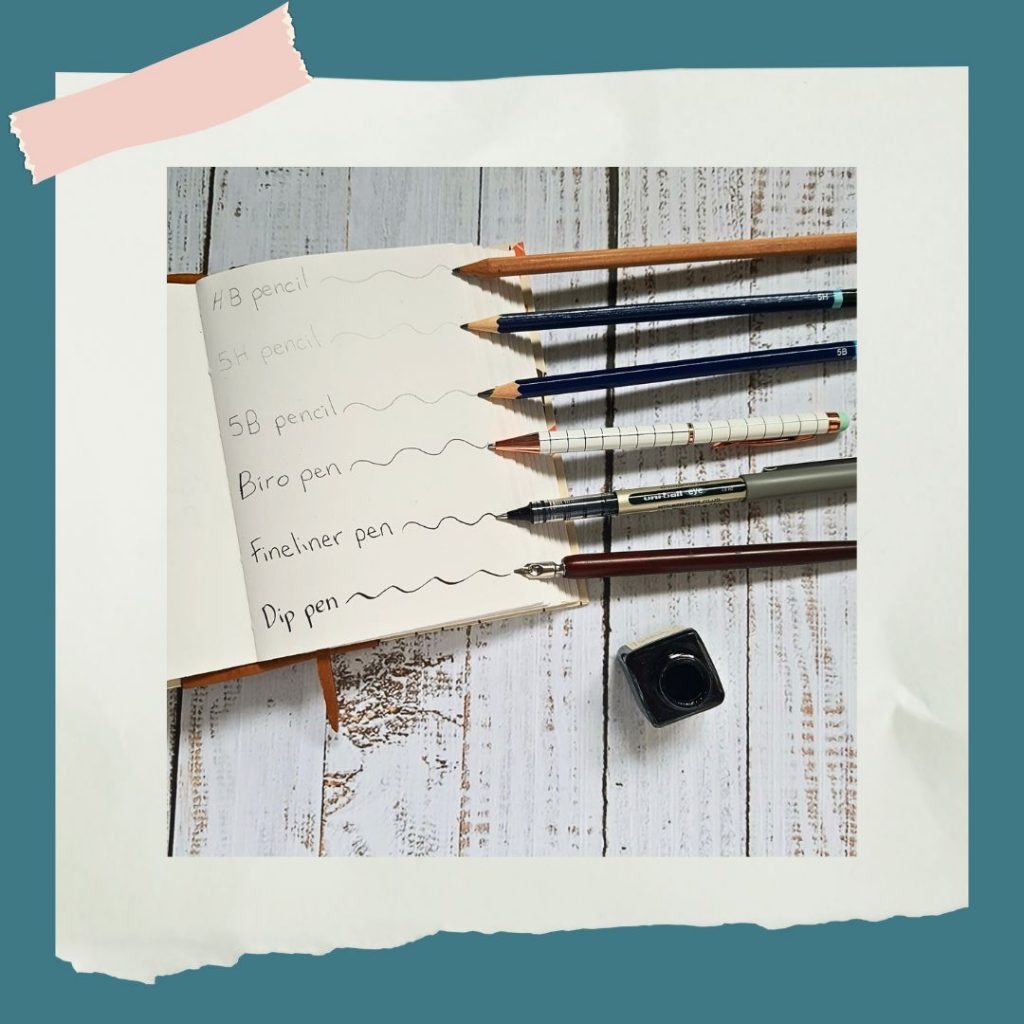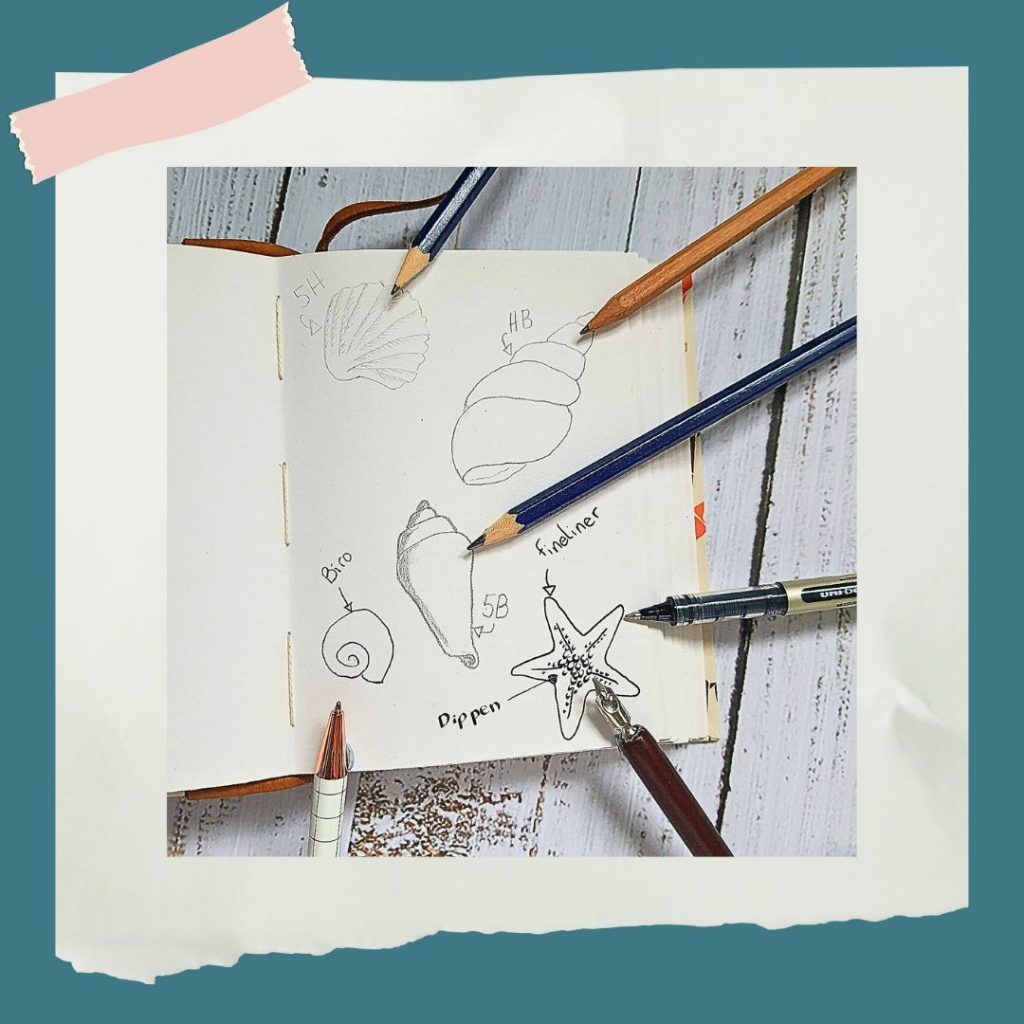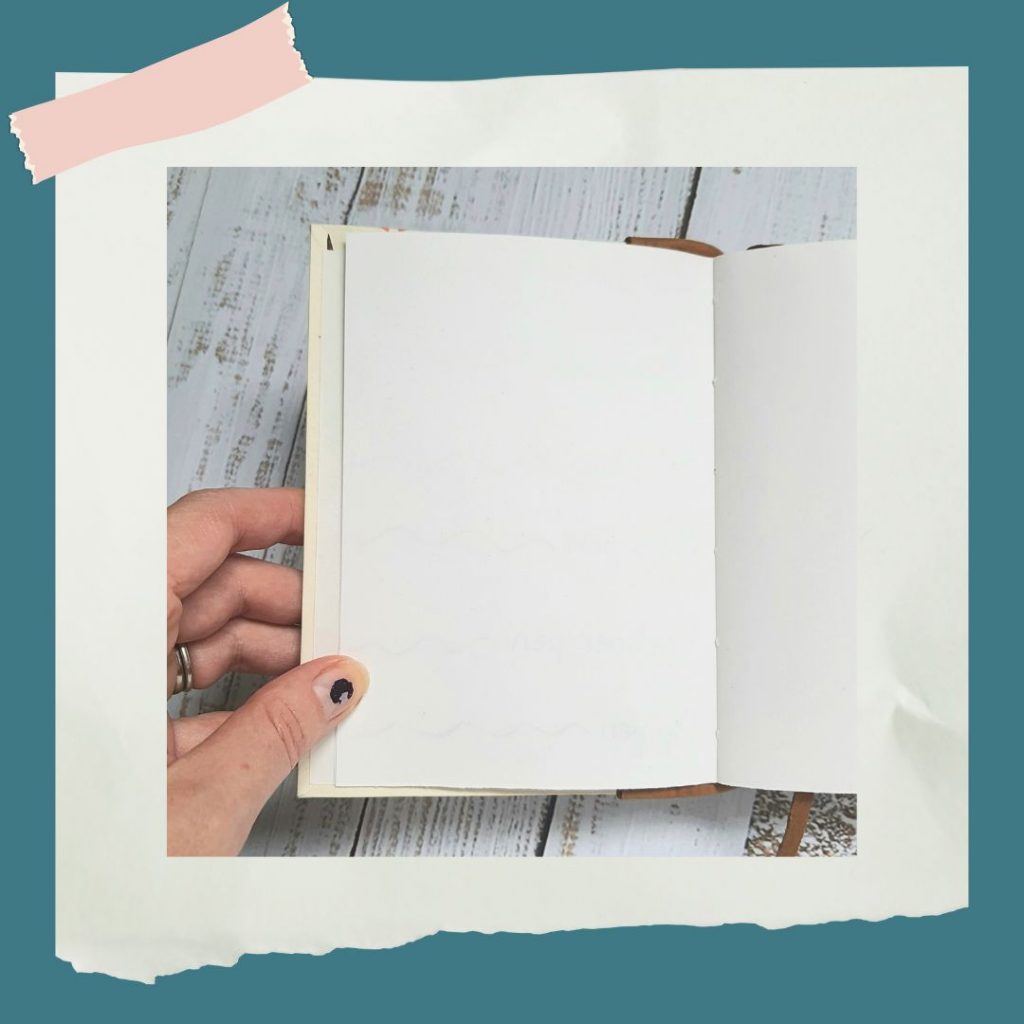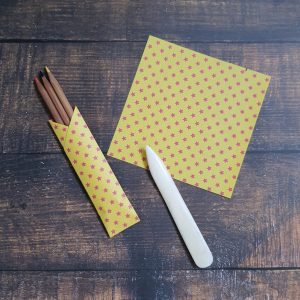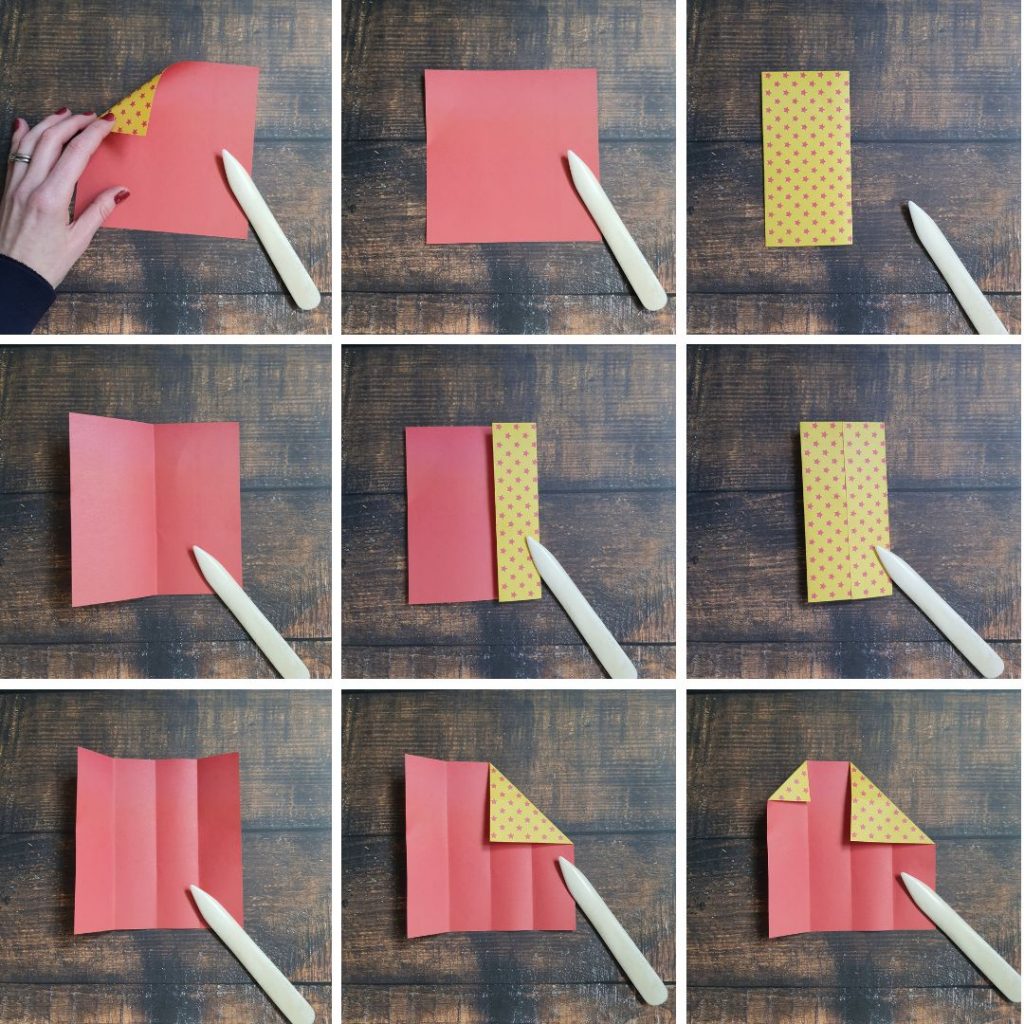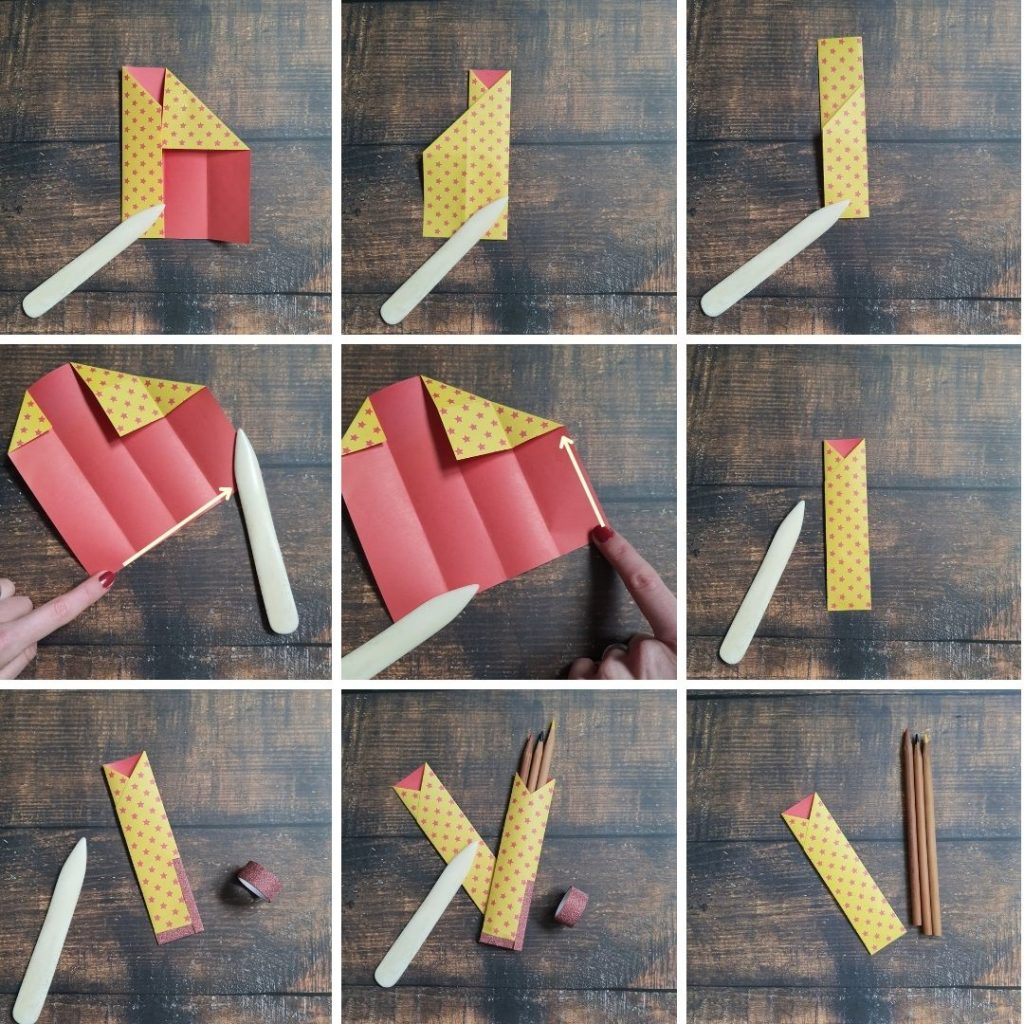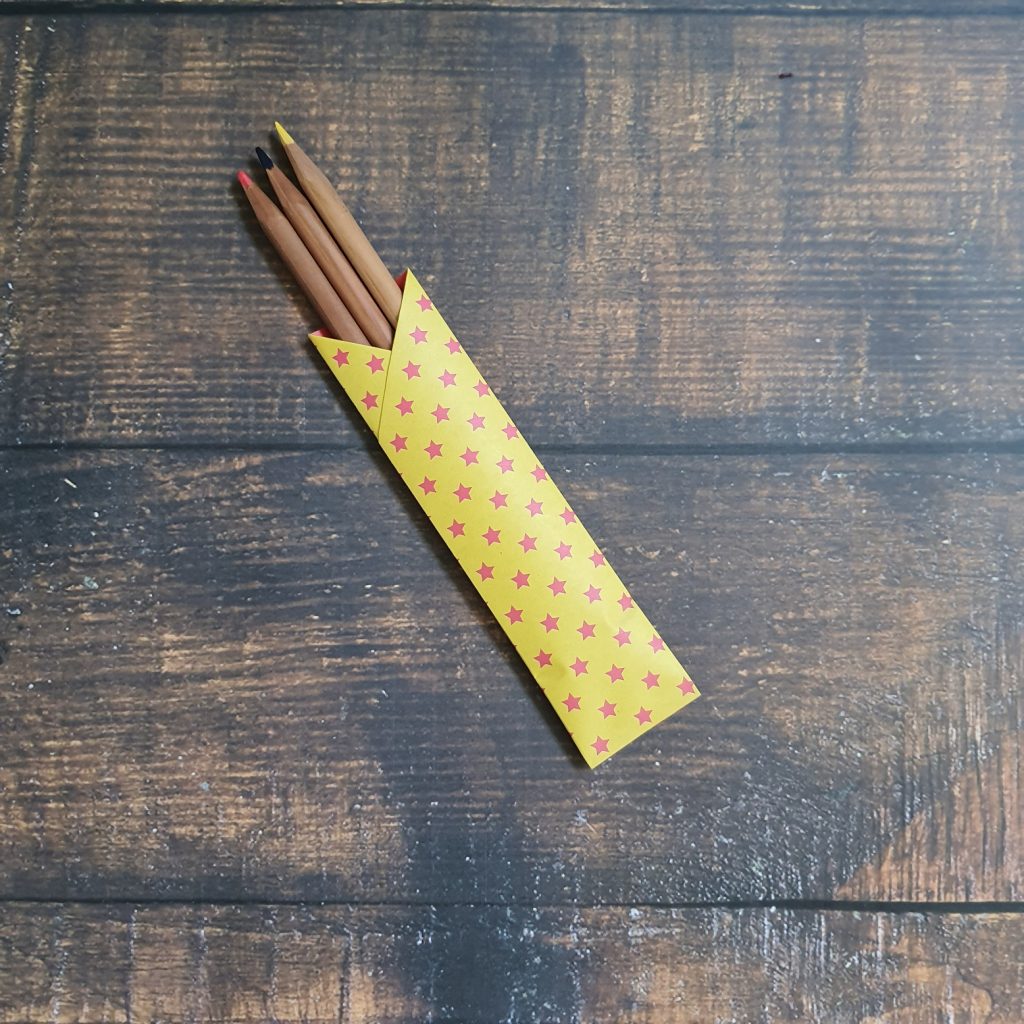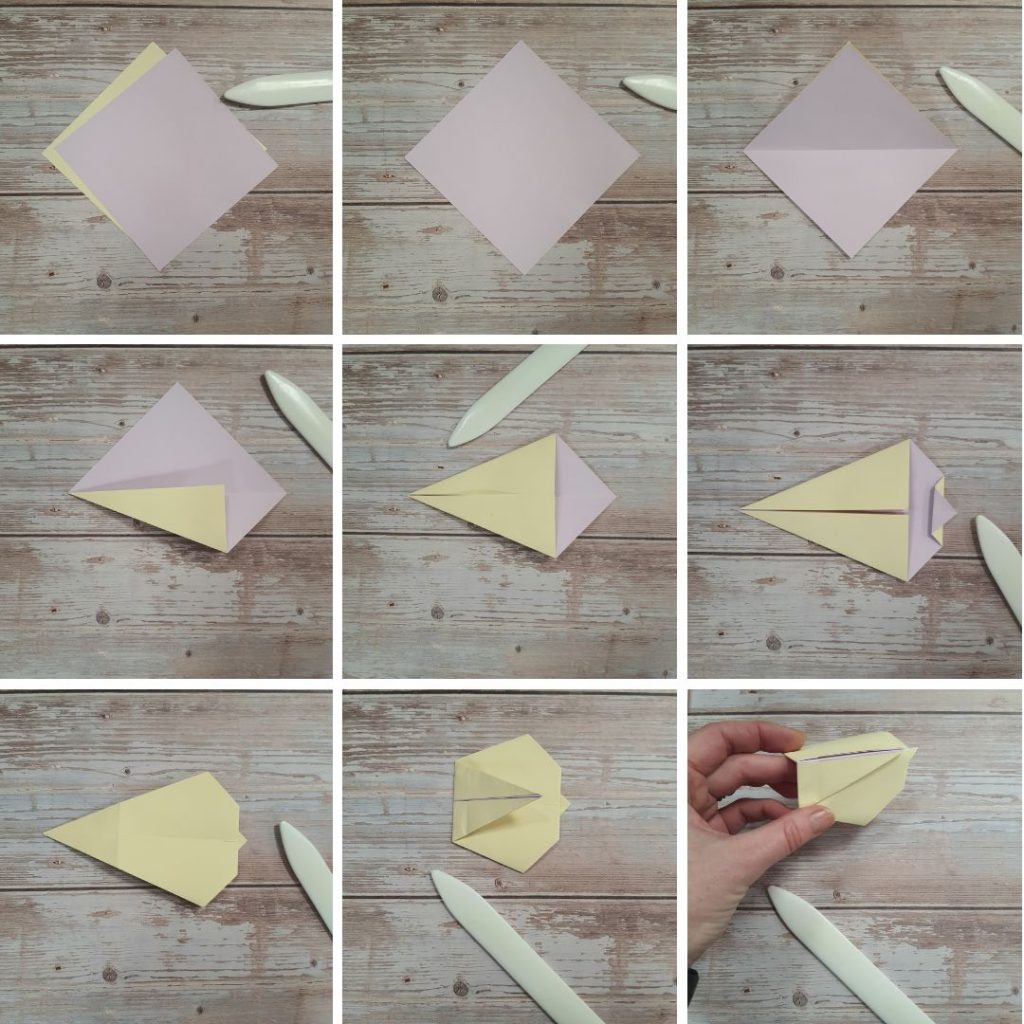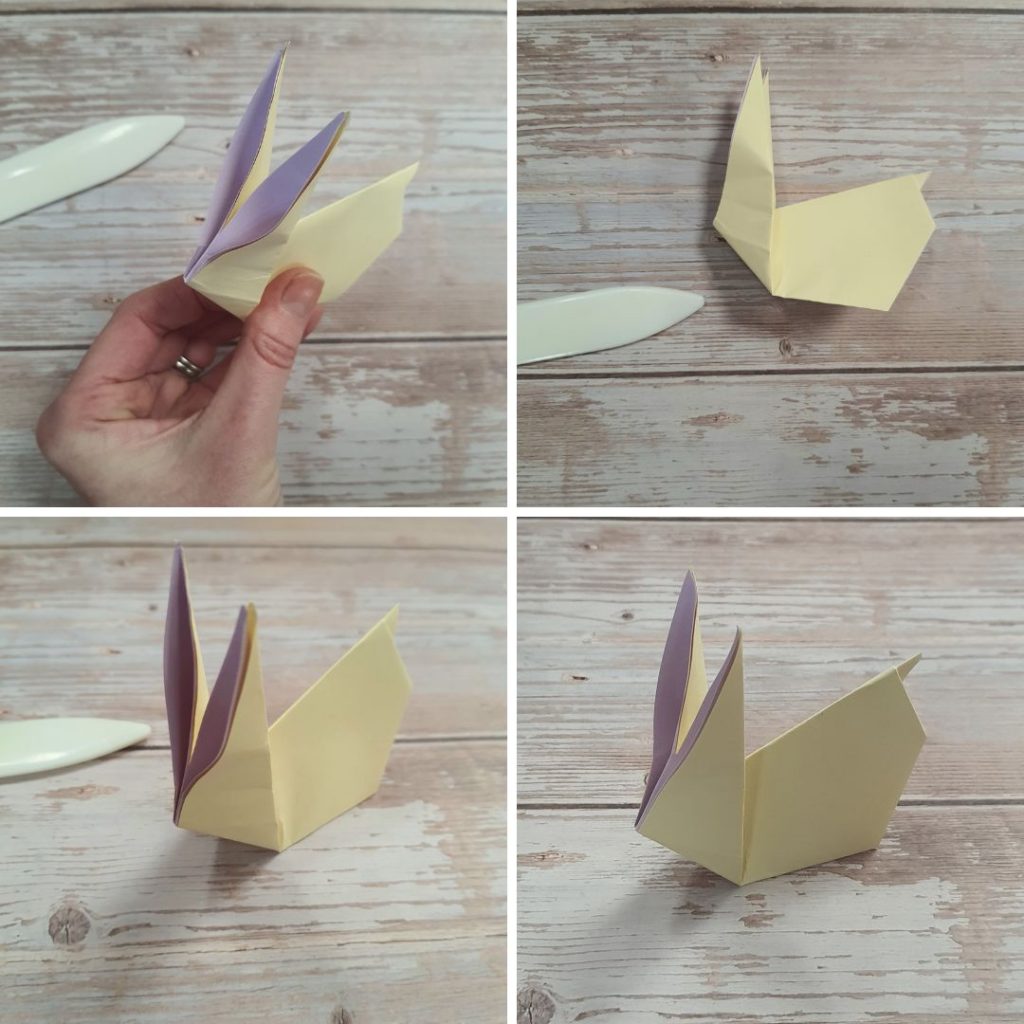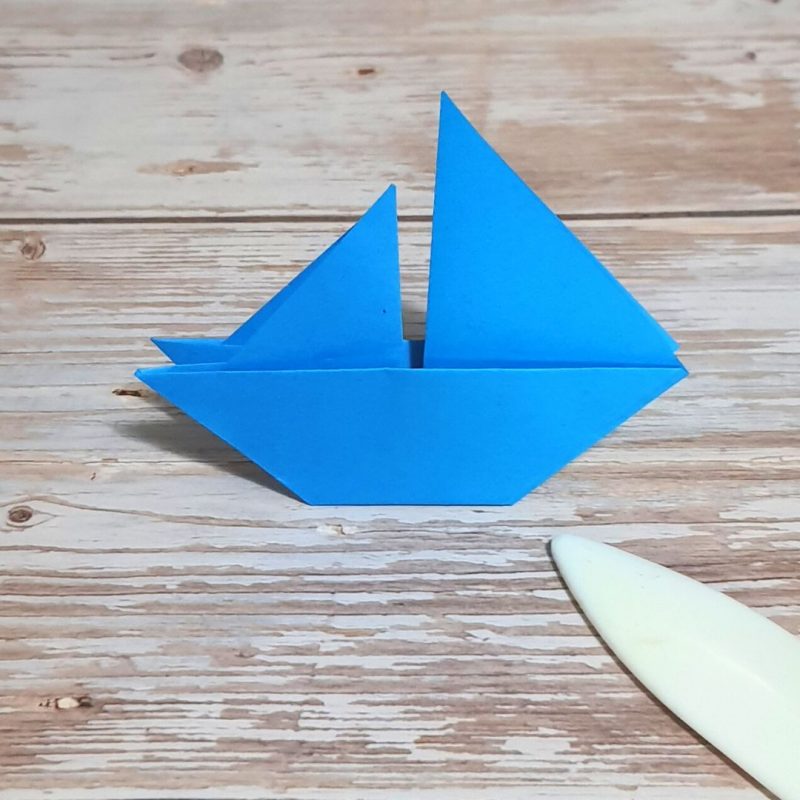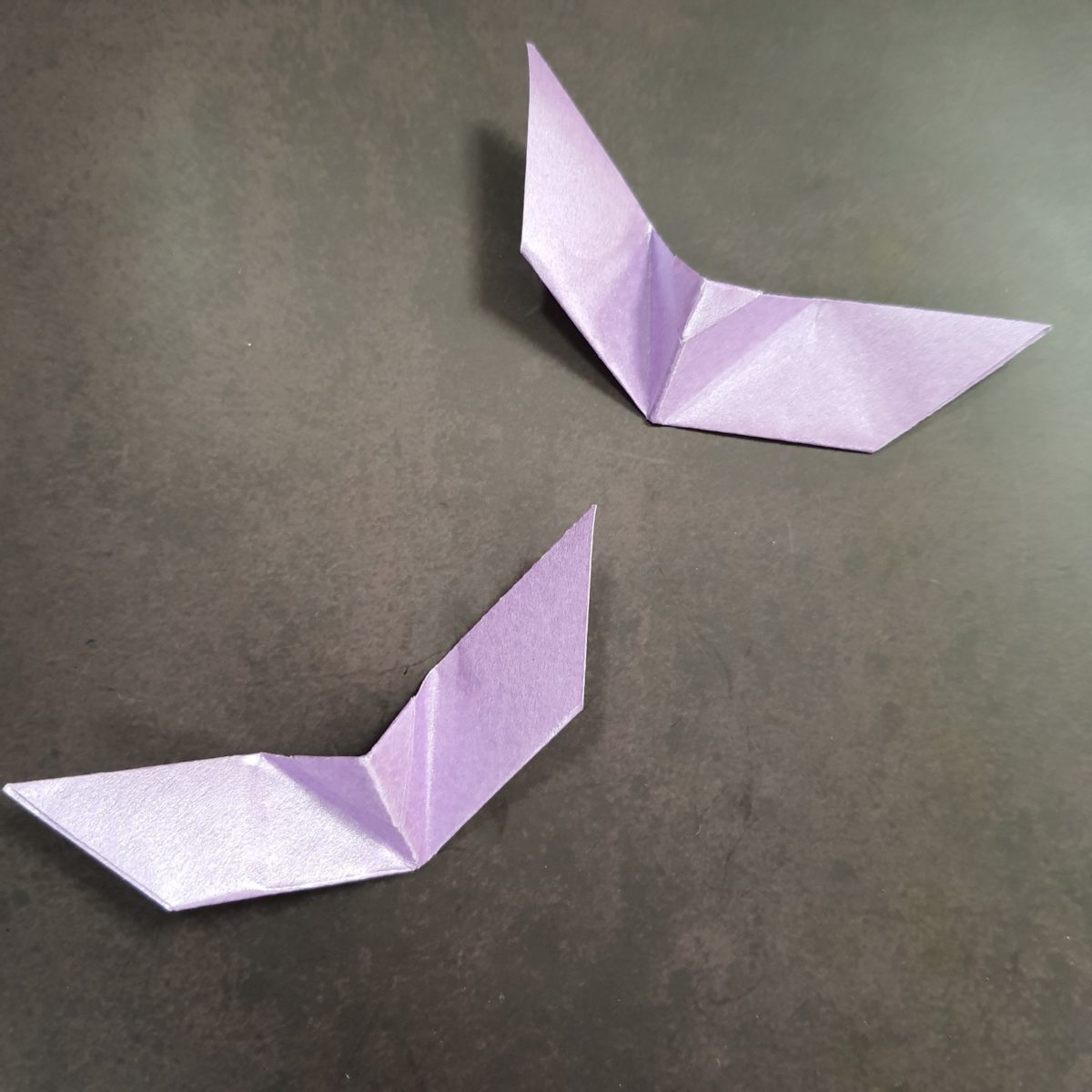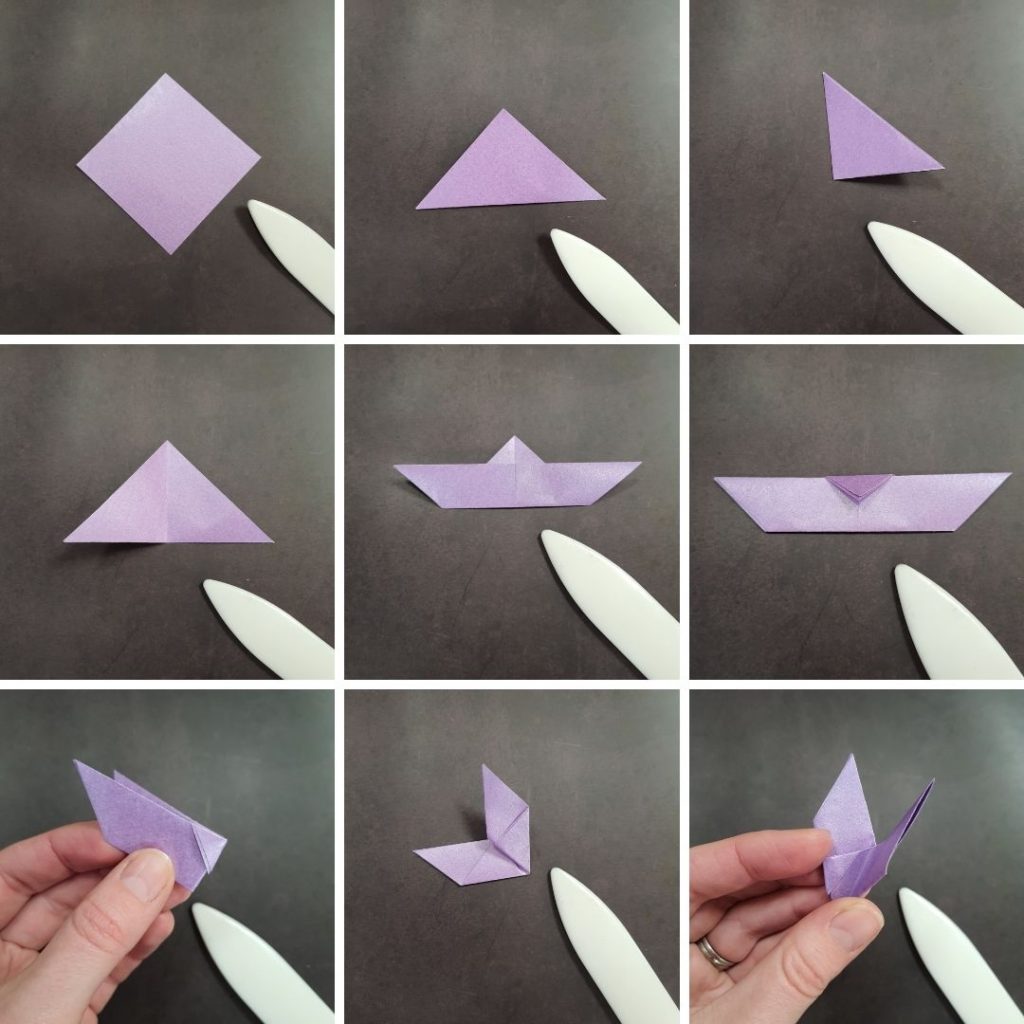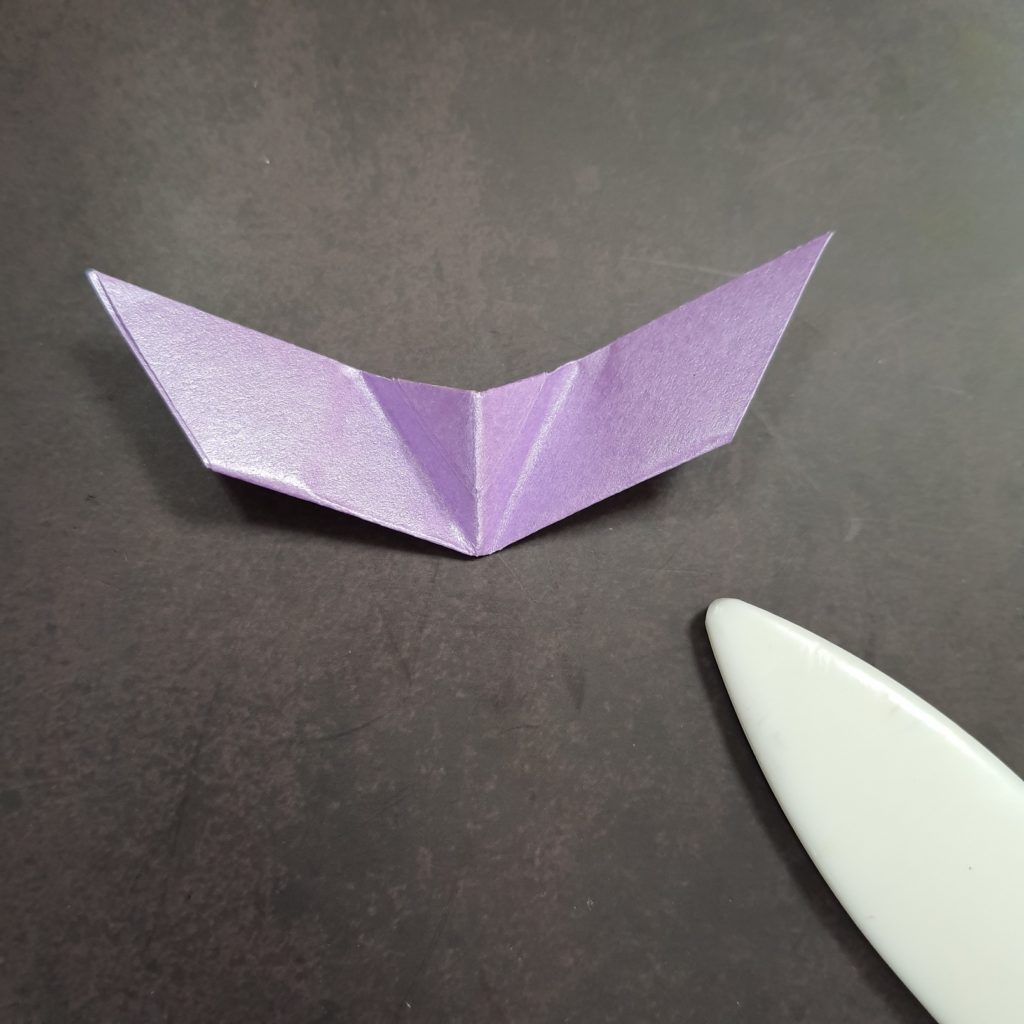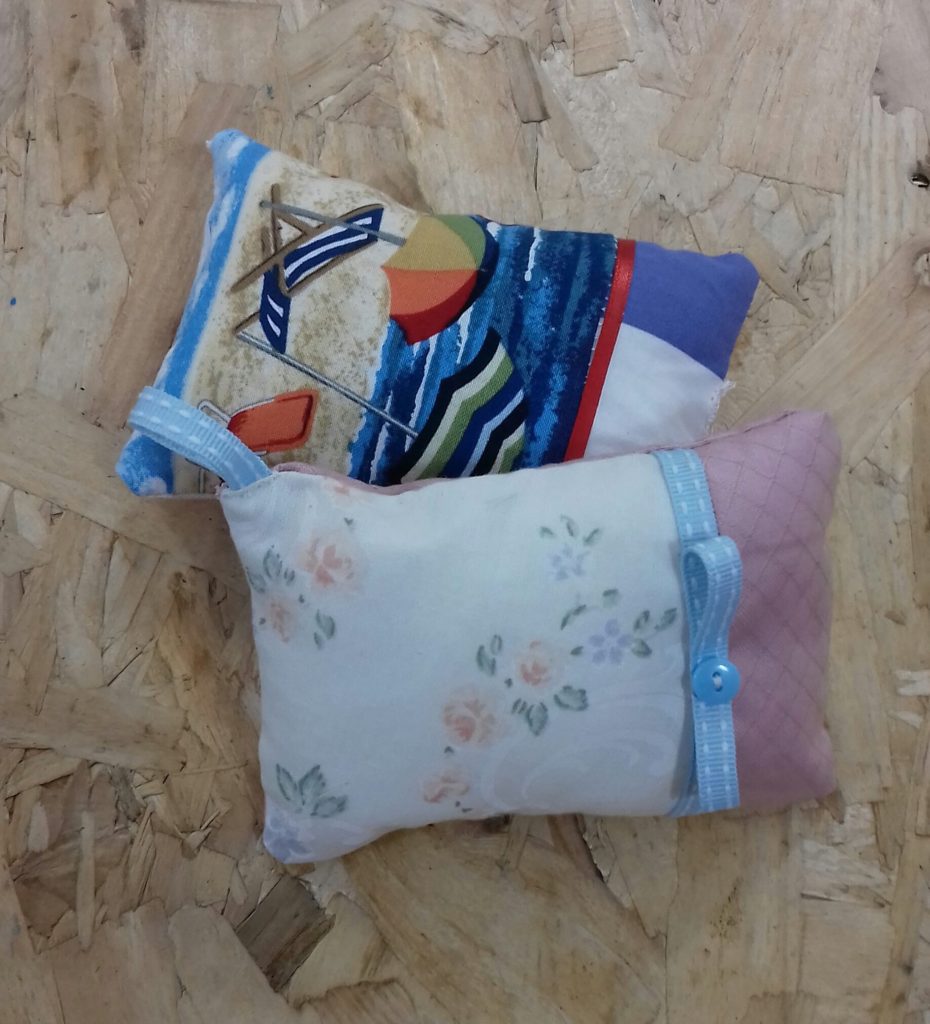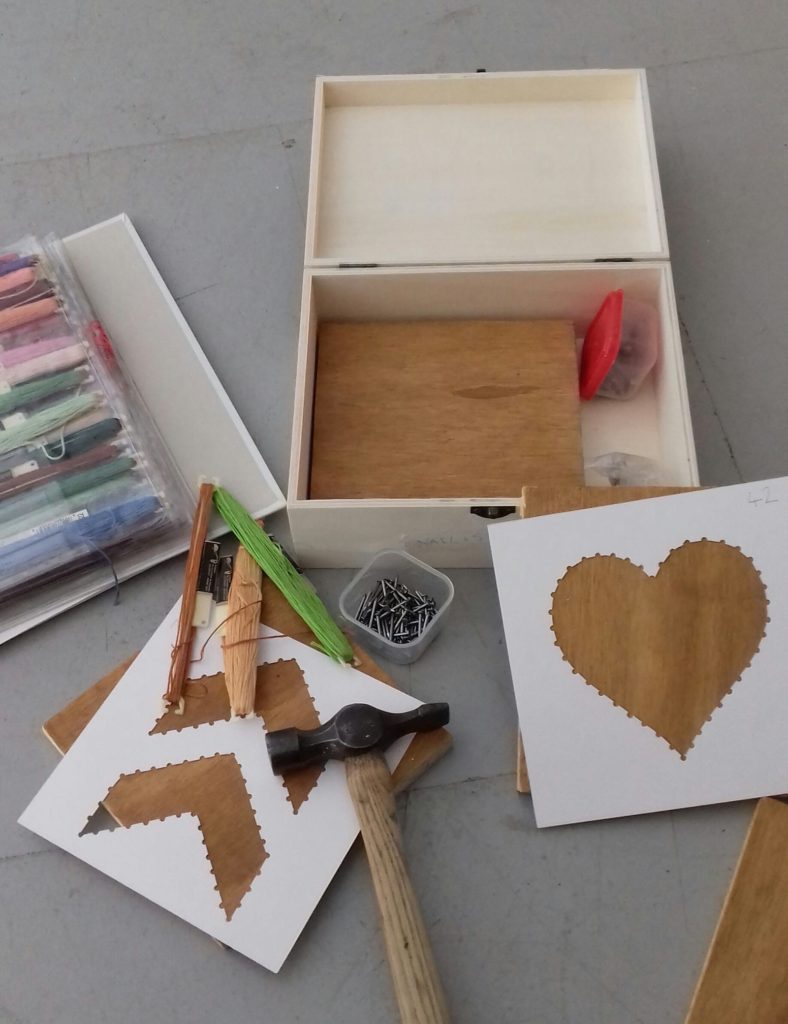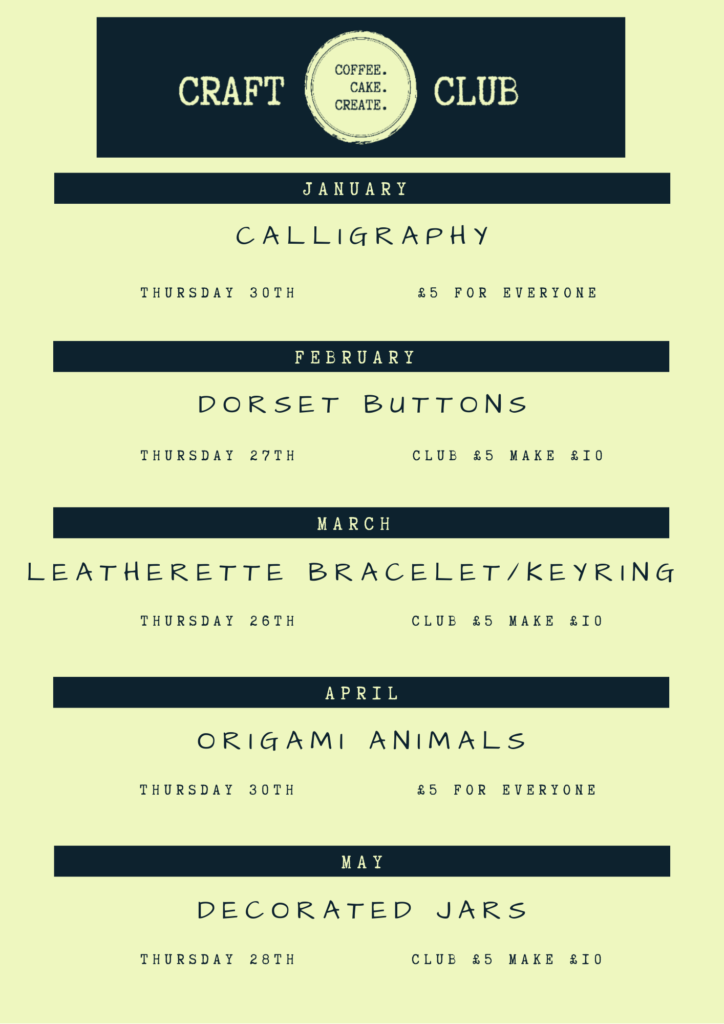
Grab a square of paper and try this simple make!
These paper envelopes are quick to make once you’ve got the hang of them. They’re a fun way to package small gifts, send a special note, use in a scrapbook or to decorate handmade cards.
All you need is a square of paper. I’ve used a two-sided paper, but you can use whatever you’d like. Remember my two rules of origami – fold neatly and crease firmly!

- If using two sided, start with the side you want on the outside face down.
- Turn the square to a diamond and fold in half, bottom point to top point.
- Fold one outside point over to meet the other, but just press the middle point gently – this is to make where the centre is.
- Open back out fully.
- Fold the bottom point to the centre mark you’ve just made, crease and unfold.
- Fold in half again along your first fold line, taking the bottom point up, then fold that point down using the existing crease.
- Next, you’ll need to fold the outsides in to the centre so the points overlap slightly – as evenly as you can!
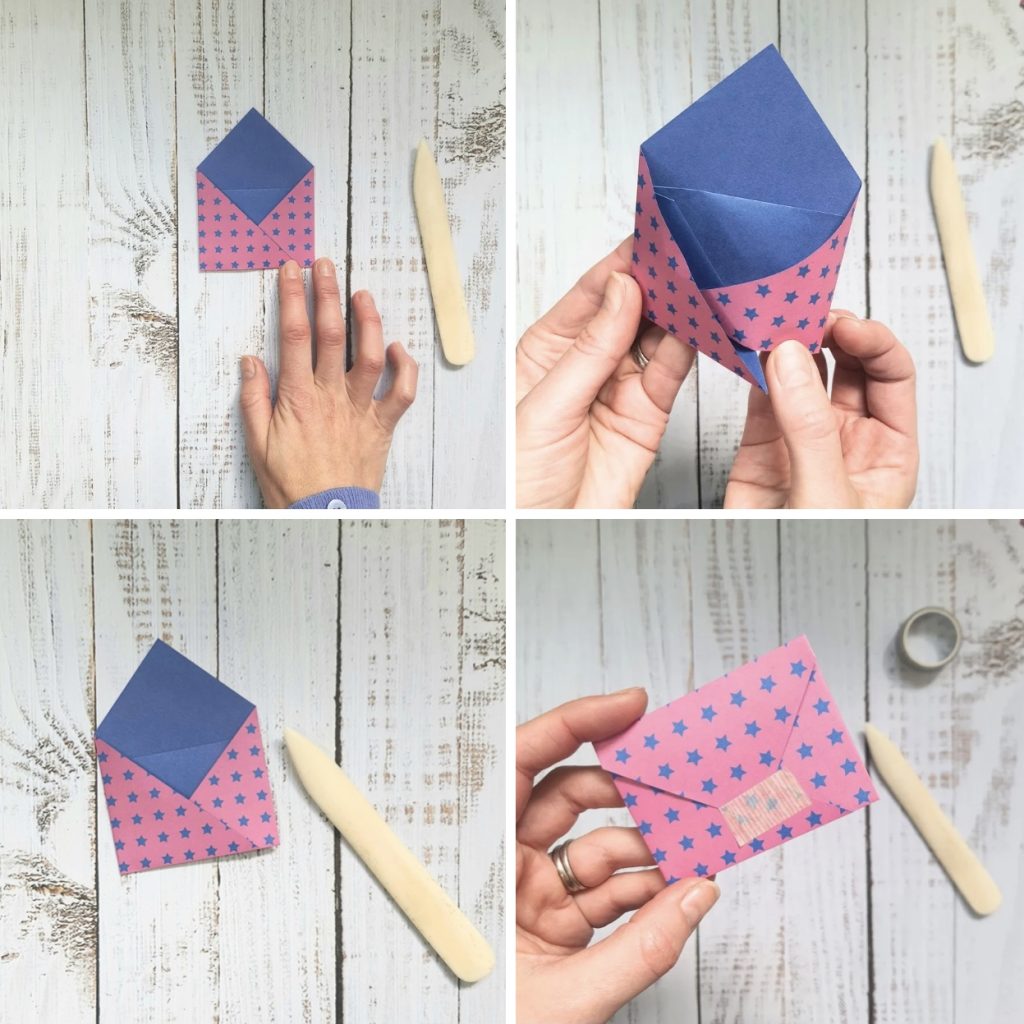
- You can fold them over gently both at the same time until you get them to the position you want, before creasing the folds properly. Overlap the points a little for a rectangular envelope, or fold them over a little further for a more square look.
- Tuck one point into another. You can glue these in place if you need to.
- That’s it! If you want a closed envelope, simply fold the top down and secure with a bit of Washi tape.
